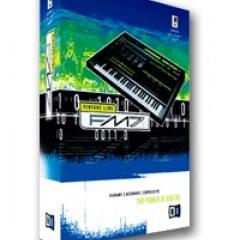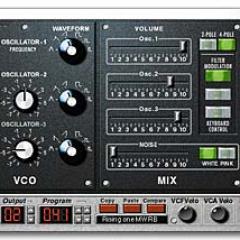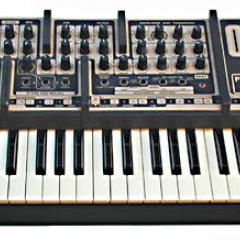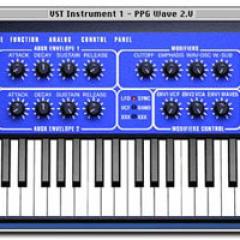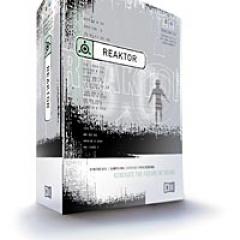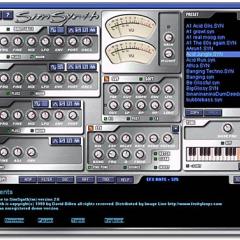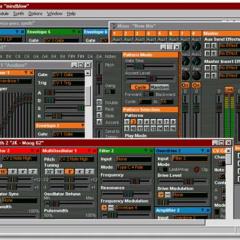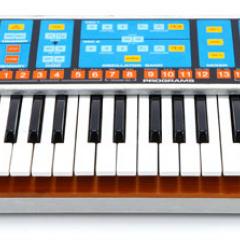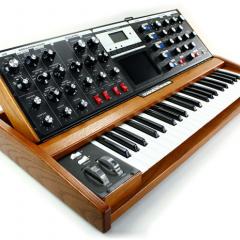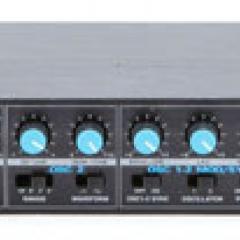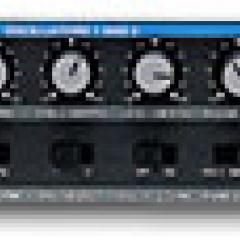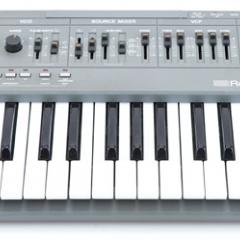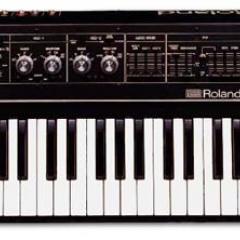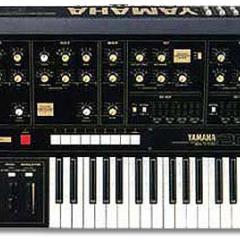TC|Works Mercury-1
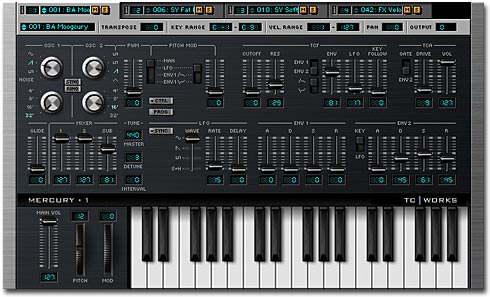
The Mercury-1 is a monophonic multitimbral modeled-analog synthesizer for Mac and PC based VST-compatible audio programs. It has a basic and simple design and architecture just like the classic Moog and Roland synths it is modeled after. It also packs quite a punch with its monophonic analog sound and quality Moog-like filter. It sounds great when generating basses, leads, growls, 303 sounds, synth percussion and effects.
So what's the Mercury-1 got to offer you? It is a two oscillator monosynth with pulse-width modulation, a sub-osc, a warmly overdriven TCF 24dB/oct lowpass filter modeled after classic analog Moog-type filters. It's a lot like the Model-E, but falls short with only two oscillators as opposed to the Model-E's three. But Mercury-1 does have more extensive envelope and modulation features. It also has 4-part multitimbrality so each time you open a Mercury-1 you actually load 4 mono synths! This allows you to have 4 patches layered up on top of each other. You can add more since the number of Mercury VST-Instruments you can have is dependent on your computer's RAM.
Modulation comes in many forms on the Mercury-1. A classic LFO offers some basic waveforms, sample-and-hold features and MID sync. Oscillator Sync can also be modulated by the LFO and the Envelope Generator. The TCA section is a basic amp with Volume and Drive via TC "SoftSat" algorithm for analog sounding distortion. It is switchable between ENV 2 or Gate modes. There are two ADSR envelope generators assignable to various sections including the TCF filter, Pitch Mod, PWM, and TCA. Additionally there are pitch and mod wheels, glide, ring modulation, white noise generators and more. MIDI controller data can be recorded and sent to all of the controls of Mercury-1 for real-time programming.
Mercury-1 provides an excellent all-purpose analog mono-synth full of classic sounds...without all the hassles of a real classic synth. Although it costs as much as some better featured competing softsynths, musicians using VST-compatible sequencers would benefit from adding this plug-in to their arsenal. It offers clean sounds and works seamlessly with VST sequencers in realtime. It does have a few limitations to be aware of. It uses high-note priority instead of the more common last-note priority method. And its single-trigger envelopes mean that you have to actually leave a brief gap between notes to re-trigger the envelope. Otherwise you may hear your notes decay away under the envelope of your first note if you play too fast. Careful sequencing can easily overcome this sometimes annoying performance feature. But it's easy to use and will be both familiar to seasoned programmers, and an easy learn for those new to classic analog mono-synths.
Demos & Media
Specifications
Resources
Images from TC|Works Web site.




